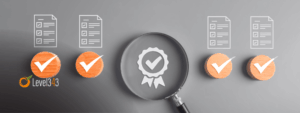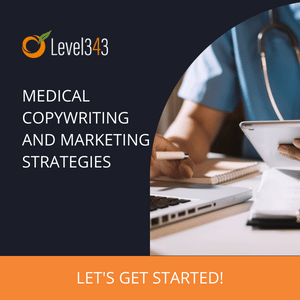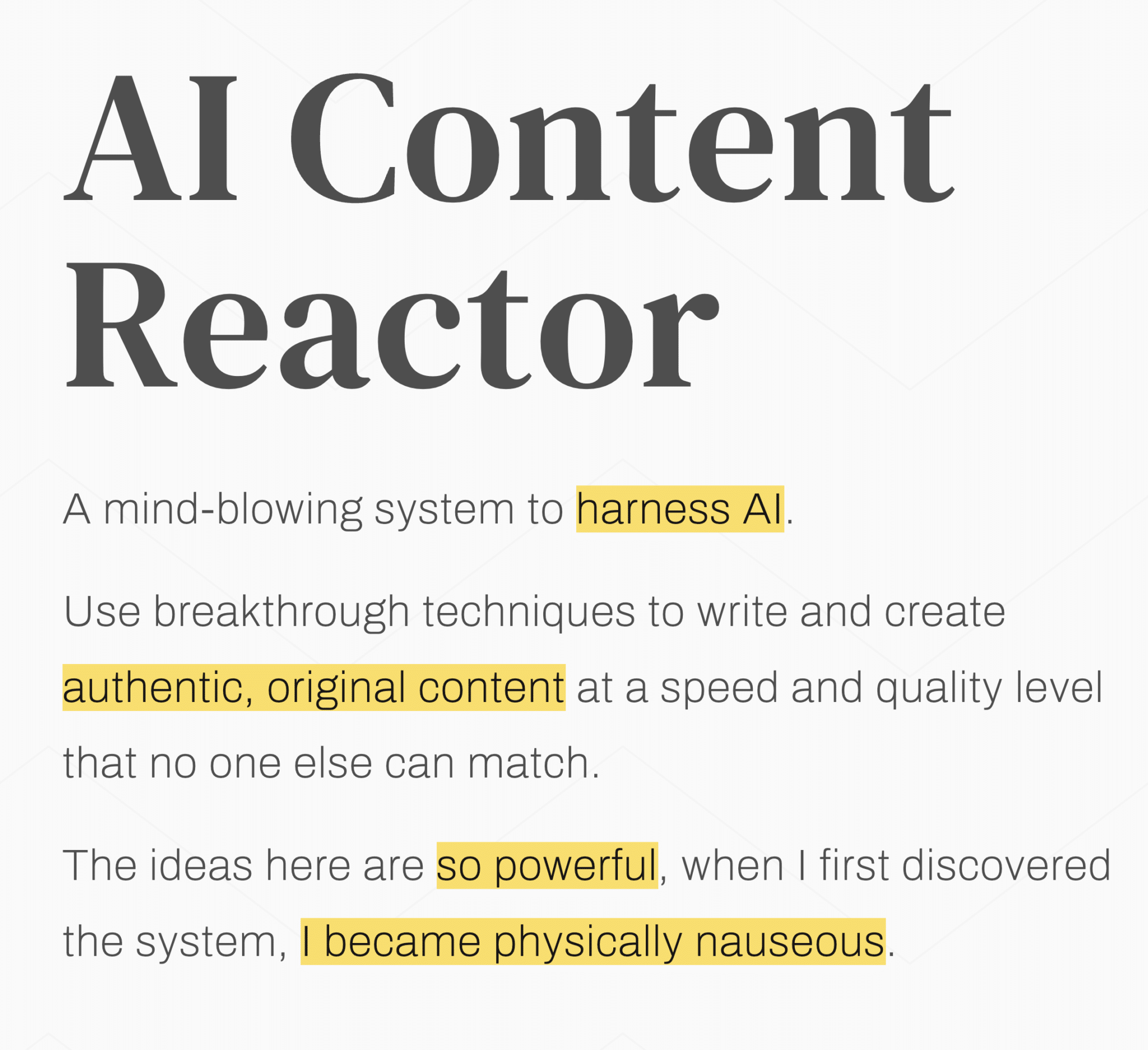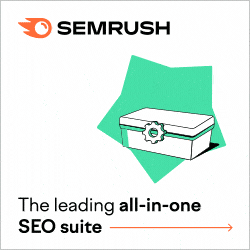Google’s search advocate John Mueller has been quoted as “confirming” that “you can’t add E-E-A-T to a Web page”. Why does Google ask quality raters to look for it on Websites then? Is it possible or not? Yes! It is possible with a caveat.
What did John Mueller actually say about adding E-E-A-T?
Usually Google spokespeople have to be very cautious when dealing with the public. They have to make sure they don’t get misunderstood. It happens all the time anyway.
John Mueller in particular navigates this rough sea quite well. He often chooses the questions that are obvious in some sense while the answers are as clear as possible.
The E-E-A-T framework Google quality raters use to assess the quality and helpfulness of websites is such a topic. So when talking about whether E-E-A-T can be added to a Web page during Search Central Live NYC he dismissed the notion that you can simply add E-E-A-T to a Web page:
““Sometimes SEOs come to us or mention that they’ve added E-E-A-T to their web pages. That’s not how it works.”
Yes, if you’re into SEO for a while this should be self-evident. Yet for everybody else we’d like to elaborate on this a bit. We will also show you how you can add E-E-A-T despite John’s words:
“Sorry, you can’t sprinkle some experiences on your web pages.” Let’s take a step back and start with the basics.
What is E-E-A-T and why can’t you simply add it if it’s not there already?
E-E-A-T is a framework with four main pillars. It has been described a lot already so this is just a quick and clean overview.
It is most important in the finance and health sectors or YMYL (Your Money Your Life) areas of expertise as Google calls them. Yet it applies to all websites and authors in general, albeit with a lower priority.
The four pillars of E-E-A-T are:
Experience as in first hand experience.
You can read all about honey and be an expert on it. It’s not enough though! When you have never tasted it you don’t have the necessary experience to write about it.
Likewise chatbots based on AI do not have that experience. They don’t have hands or tastebuds at all.
So can you simply add experience if you don’t have it already? Unless you’re vegan, you can add “experience” to “expert” by tasting honey. You can then mention or exhibit your experience. But, you can’t add something that you don’t yet have.
There are ways to transfer that experience from others, however. We will elaborate below.
Expertise as in many years of dealing with a subject matter deeply.
You probably have heard the often questioned 10.000h theory of becoming an expert. Basically, you’d need 10,000 hours of dedicated practice to become an expert in any given field.
So… you’d need to eat a lot of honey to write about it? It’s not that simple. Just by spending time doing something you won’t automatically amass expertise.
For example, some people get the black belt in karate faster than others. Others may be too old already. If you sit in a wheelchair, karate may not be for you.
In the nineties, there was a popular caricature that said “On the Web, nobody knows you’re a dog.” However, posing as a cat may not work anymore; there are a lot of factors that we can now see. For example:
- Other people – who ideally are also knowledgeable about the issue at hand – refer to you as an expert on it ideally.
- You have a name in your industry, country or discipline. People mention you and link to you.
- You have a proven record of showing up and “walking the walk”. Some official papers may also help.
So, what can you do? Make signs of expertise more visible if you have any. Think of a doctorate degree for a medical site as a perfect example.
You’re not a doctor and only use a chatbot to summarize open Web documents? Sorry! You can’t “add a doctorate” overnight.
Authority as in authoritativeness as the more cumbersome official Google term is.
So you’ve been eating honey everyday for 20 years? Are you an authority on it already?
Over the years I have seen many people saying something like “I worked with Fortune 500” companies. Yet what you did behind closed doors remains a mystery. An authority is more open about what they do. So, ideally you also show exactly what you did and provide case studies.
Authority figures not only share their expertise. Other people actually listen to them and spread it. They spread the word about their insights on industry publications, social media, communities and forums. In the best case they also share their experience in real life settings like conferences.
Just think about “JohnMu” himself who did this even before he worked at Google.
So are you an authority on a topic already? You can’t just add authoritativeness.
You can show it off, though, when it already exists. Or you can involve an authority figure in your content.
Trust (or trustworthiness). The last pillar is the most important one of them.
Without trust all the other aspects of E-E-A-T fall flat and you may not rank well organically. Why?
We have lived in the era of fake news for over a decade. As a whole, opinions are very polarized nowadays. This is not about politics though. It’s about trust. Even as an experienced expert and authority you may suffer from cognitive bias etc. Your content may be:
- satirical
- subjective
- or too radical.
There are many reasons people don’t trust someone. Trust is very hard to earn and very easy to lose. To ensure search results are safe and reliable Google has consensus mechanisms in place now.
When you only publish your personal take, disregarding what everybody else agrees on, you may be categorized as a fringe voice.
So can you add trustworthiness at the end of an article by saying “it is true”? It probably won’t help. Referring to others who trusted you may be a better idea. What may help as well are reasons to trust you:
- education
- previous work
- existing content examples.
For example, the photo of an author should look trustworthy. Adding a stock photo model dressed as a lawyer, doctor, or other “expert” does not.
Given the explanations above, it should be clear that E-E-A-T is not something you can add after creating content “for SEO”.
In order to get there you have to make it a priority from the start.
It has to be at the center of your overall approach to content, credibility and reputation.
Why is E-E-A-T so important and misunderstood at the same time?
E-E-A-T is extremely important for optimizing websites and content. Why? It’s at the very core of what Google quality raters and, ultimately, users are looking for.
Yet E-E-A-T does not fit any of the categories the average SEO usually operates in.
- It’s not a ranking factor or even system.
- It’s not just “onpage” or “offpage”.
- It’s not merely about content or technical SEO.
The E-E-A-T concept is much more ephemeral. Also E-E-A-T gets reflected throughout the whole Google algorithm. You can’t add it as the topping on your cake. It’s the four main ingredients!
Our own Gabriella Sannino puts into words quite aptly on LinkedIn:
“E-E-A-T is a holistic framework, not a checkbox. But that doesn’t mean it’s unknowable—it just means you have to zoom out to see the bigger picture.”
Popular SEO blogger and marketer Ann Smarty summarizes it as follows in a comment below:
“Discussing EEAT in the context of ‘optimize for EEAT’ or ‘Add EEAT’ doesn’t make any sense”
Many publishers and entry level SEOs try to fit that concept into their old ways of thinking. Yet sprinkling some colorful E-E-A-T onto otherwise random Web pages won’t cut it.
There are, of course, attempts to “fake it ’till you make it”. Those are often short term and pitiful.
How do you add, or rather exhibit and showcase, proper E-E-A-T on a website without looking like a fraud?
How to exhibit E-E-A-T when you already have it?
Let’s assume first that you have all the above already. You’re an “experienced expert and authority most people trust”. So you don’t have to fake anything. You just have to make it visible through the page, site and content.
In the early days of blogging many blog posts were posted by “admin”. The About page, if there was one at all, was full of claims and not much proof. You never knew who actually contributed to a post, as insights were merely reworded.
A lot of chat bot content is still or again like this.
I also see a lot of sites impacted negatively by helpful content algorithms which have similar issues.
Even if you know who is actually responsible there is no way to assess or be sure whether they know what they are writing about. Here’s how to address that
- The about page or author bio should at least contain some proof or ways to look it up.
- Links to a blog, portfolio or LinkedIn are a good idea for some industries while others may have to refer to a video and/or image oriented apps and hence visual content.
- Other contexts may require business associations memberships, college degrees, and/or government-issued seals of approval.
Ideally, social proof is not merely about easily inflated follower numbers or free images.
How to showcase E-E-A-T when you don’t have it yet?
Independent publisher and SEO expert Gisele Navarro has done an excellent job at unmasking many attempts to fake E-E-A-T signs:
“They will throw many names at you—don’t take the word ‘expert’ for granted.”
Some manipulate Google by claiming authority figures and experts have been the source of their insights while in reality most of the content is superficial.
Ideally you don’t view “adding E-E-A-T” as a mere afterthought and instead consider it from the start. Then it can work even in case you’re not acclaimed, established and revered yet.
- You can show first hand experience by content formats like video.
- You can expound expertise by showcasing case studies.
- You can let actual authority figures people already know contribute.
- You can be more objective and thus trustworthy by adding both sides of the story.
Many high quality modern blogs add both author and editor to the top of their content. Linking to existing assets may also be helpful to prove you know what you are talking about. Involving and quoting as many subject matter experts as possible can be also beneficial.
Of course, you should credit sources and provide additional resources from other sites instead of merely interlinking your own content.
Conclusion
When trying to show E-E-A-T on your site there are ways to do so. Sure, you can’t just “add it” after the fact. It has to be a priority from the beginning.
Don’t fret even when you don’t consider yourself an expert or authority yet. Also if you don’t know whether you have enough experience and trust earned – start somewhere.
So essentially there are two approaches to this. Show off what you know and credentials you have, even when you’re not completely confident yet. This is the number one way and clearly preferable.
The second way of proving there is E-E-A-T behind your content is to get it from somewhere or rather someone else. Usually it’s just more than one source. Ideally you combine both approaches.
No man is an island and even the top authorities usually refer to sources and other experts.



































